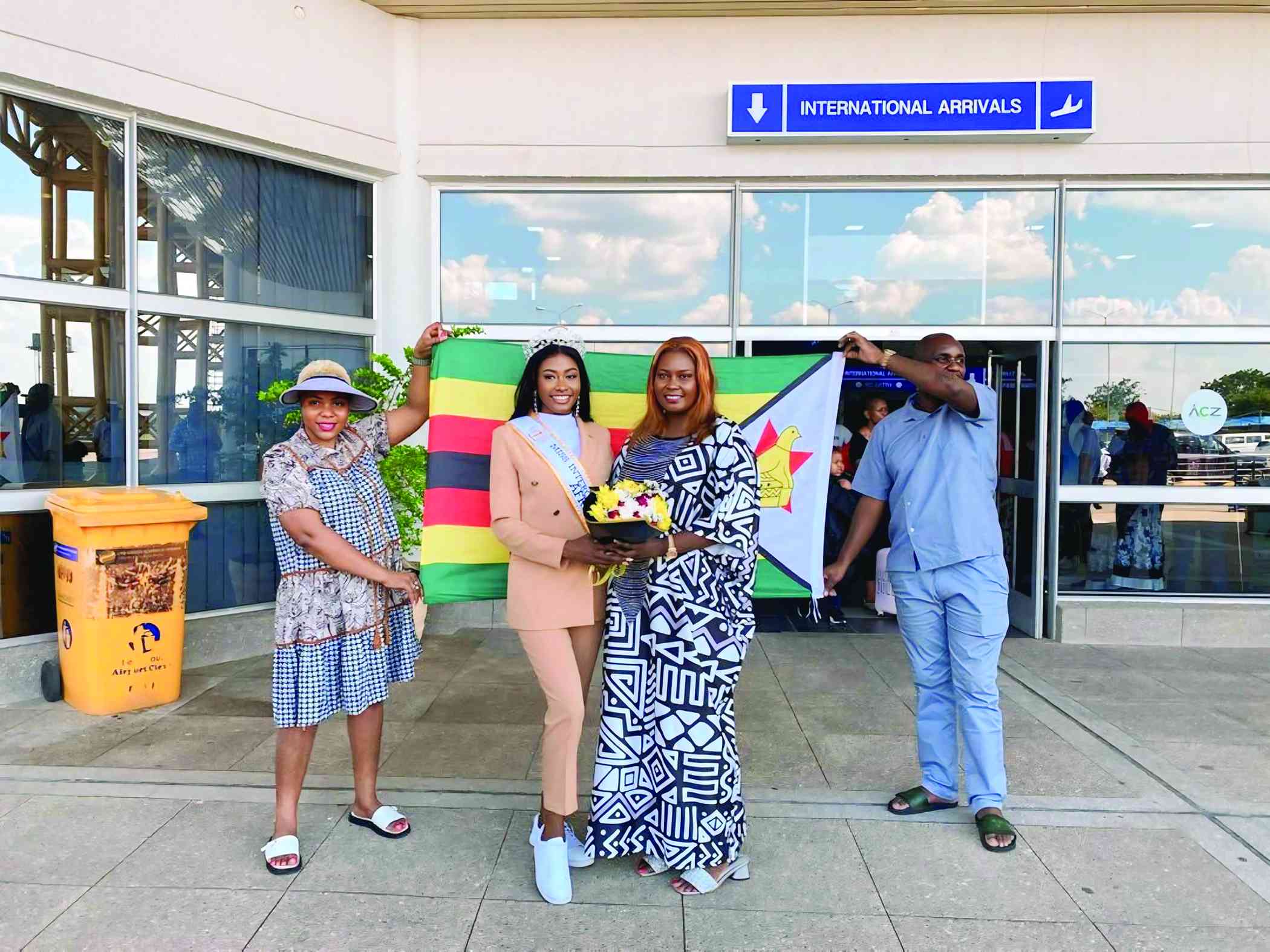
VISUAL artist Tago Tazvitya has said seasoned visual artists, especially sculptors should be allowed to provide mentorship in schools and colleges.
Tago, who works as a monitor and advisor for several arts galleries and organisations, told NewsDay Life & Style that school-going children need mentorship from an early age to get the real picture of what it takes to be, for instance, a sculptor.
“Art is not taught, but it is nurtured likewise let’s catch them young and provide children with a solid foundation. Teaching arts is the easiest way to engage children in dialogue while preparing them for a possible rewarding career choice in the arts industry,” he noted.
“Sculpting is the easiest art form that can be taught in schools because carving can be done on any type of stone. So far, we have only one institution which is teaching stone sculpting seriously and it is a tertiary institution for that matter.
“Each and every district of province in Zimbabwe is blessed with malleable and supple stones which should make life easier for schools to teach sculpting at an early age.”
Tazvitya, who is also an exhibitor and workshop facilitator, rose to prominence at the Chitungwiza Arts Centre through his stock bird carvings which earned him the Tago Birds moniker.
Besides the bird family which he says is an emblem of a rainy season and green vegetation, Tago also engraves abstract statuettes and fine art renditions of the hippopotamus.
He believes solutions to global warming and other natural disasters lie in the effective usages of creative work for communication.
- Chitown sculptor defies male dominance
- Lifeline for Chitungwiza Arts Centre
- Chitown sculptor defies male dominance
- Lifeline for Chitungwiza Arts Centre
Keep Reading
“The arts industry, especially stone carving unites people from different civilisations because it is an expression of cultural diversity. A community education or values can easily be shared through the arts,” he said.
“I have toured extensively both the West and Asia and I realised that Zimbabweans are blessed in many ways and can easily get universal acceptance through their education and ability to express themselves. I am proud of my culture, and I wish to refine it as much as I can.”
He said the country’s creative work was very unique.
“Cultural erosion and integration have been very common with the youth, and this is heavily manifested in their work. This is not bad at all because it reflects growth and literary competencies,” he said.
“We should, however, understand that tourists favour authentic and genuine African expressions to Western manipulations which they can negatively criticise fluently and therefore slowing down the market.”
Tazvitya said exposure enriched him in many ways.
“African markets for Western artistic work are a bit low and a deepened appreciation has to be cultivated. Most of the imported materials are more refined art,” he added.
Tazvitya has worked on soft and hard stone and his experience has made him a trusted curator and senior adviser for several institutions like the National Arts Merit Awards.
Also, the highly competitive work produced by artists at the Chitungwiza Arts Centre is credited to his immense effort in research and mentorship.










